Queen Elizabeth’s absence exposes how royally bad UK-Irish relations stand
Skipping the centenary event in Northern Ireland made sense given the tetchy equation
Queen Elizabeth II made an inadvertent diplomatic gesture when she fell ill last week. The UK's monarch spent Wednesday night in hospital for tests, a rare instance of medical concern for the 95-year-old head of state.
The scare forced the queen to cancel a trip to Northern Ireland to mark the centenary of the border that divides the island.
At the monarch’s age, each medical crisis provokes an examination of her long reign. While she presided over the three-decade-long "Troubles" that raged in Northern Ireland and cost 3,000 lives, Queen Elizabeth often proved deft in handling the challenges that situation presented her.
The current circumstances mean that she had no choice but to cancel her appearance in Northern Ireland last week. Had the trip gone ahead, it would have proved controversial.
The main event was to be a trip to Armagh, the ecclesiastical capital of Ireland, for religious service marking the establishment of the border. But just about half of the people of Northern Ireland regret the division of the island by the border and see any commemoration of it as something that is not for them.
The fact that no other royal was drafted in to take the queen’s place at the service was in itself telling.
Ireland’s President Michael D Higgins himself pulled out of the event weeks earlier. In the wake of the 1998 Good Friday Agreement, the sight of one chair for the UK head of state filled but the other for the Irish president empty would have sent the wrong message of symbolism.
The reason he cited was that the language of the organisers was too much of an affirmation of the decision to carve out the frontier. Mr Higgins pointed out that while he is elected by the voters of the Republic of Ireland to the south, he is the president of Ireland in the constitution. For many Irish people, in the north and south, that is a difference both symbolic and real at the same time.
The queen was represented by a local member of the aristocracy and it fell to UK Prime Minister Boris Johnson to personify his nation at the event. And in characteristic fashion, Mr Johnson was able to provoke while visiting the outer edge of the realm. He wore a dark blue cloth face mask with a stitched union flag label on the seam.
The bedrock principle of the 1998 peace deal, which is admired around the world for providing a seemingly durable solution to the bloody conflict, is parity of esteem for the rival traditions in Ireland. Officials in Northern Ireland even have a rule about not wearing emblems such as flag motifs that denote partisan loyalties.
The UK prime minister waded through those rules with a cavalier disregard. “In what was a very, very carefully planned, non-political event, that little flag stuck out like a sore thumb,” one writer remarked in the Irish Times.
Mr Johnson is prime minister at a time when tensions have escalated alarmingly in Northern Ireland.
London’s efforts to rewrite the Northern Ireland component of the Brexit deal have upset the internal political balance of the Good Friday established system. The government’s chief negotiator, David Frost, has made it clear that despite the earlier carve-out, Northern Ireland must be jettisoned for the hard Brexit that the rest of the UK made from the EU.
Mr Frost told UK Parliament this week that his position was no betrayal of the deal he had negotiated and now wants to change.
“I reject the implication of the question that there is any contradiction between a so-called hard Brexit, which is the only real Brexit and the only form of Brexit that allows this country the freedom it needs, and peace and security in Northern Ireland,” he said. “Those two objectives are perfectly and absolutely compatible.”
The EU on Friday was reported by Bloomberg news agency to be prepared to rip up the Brexit free trade agreement with the UK in response to the London demands.
A suspension of the so-called Northern Ireland Protocol would be damaging for the delicate balance in the Irish context. A cancellation of the whole deal by the EU would have severe implications for the British economy. Brinkmanship has begun to ring alarm bells in the foreign exchange and government bond markets.
The queen made a much-admired post-conflict trip to Ireland in 2011 that was seen as building bridges across the historical chasm. The royal role in the context of the Irish push for independence has always been closely watched.
Her grandfather George V addressed the opening of the Northern Ireland Parliament in June 1921 and called for a “satisfactory solution of the age-long Irish problems”. He asked for a day when the island “under one parliament or two” would work together in common love for Ireland. By December 1921, the treaty establishing the division of Ireland was signed – another centenary that beckons in a little more than a month.
Queen Elizabeth’s diplomatic absence was not of her own making, but at least it spared her the exposure to the storms climaxing in Ireland’s centenary year.
Source: https://www.thenationalnews.com/
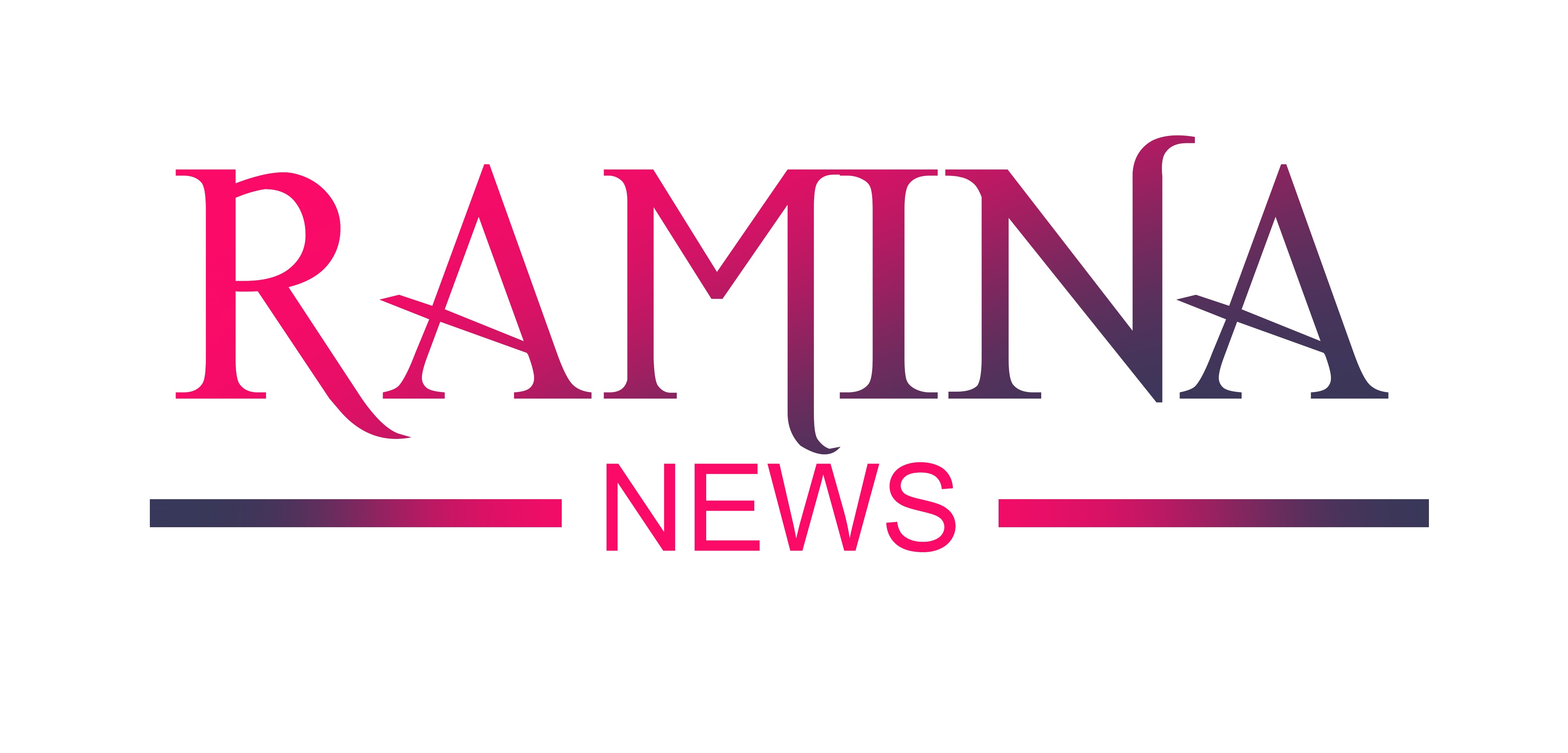



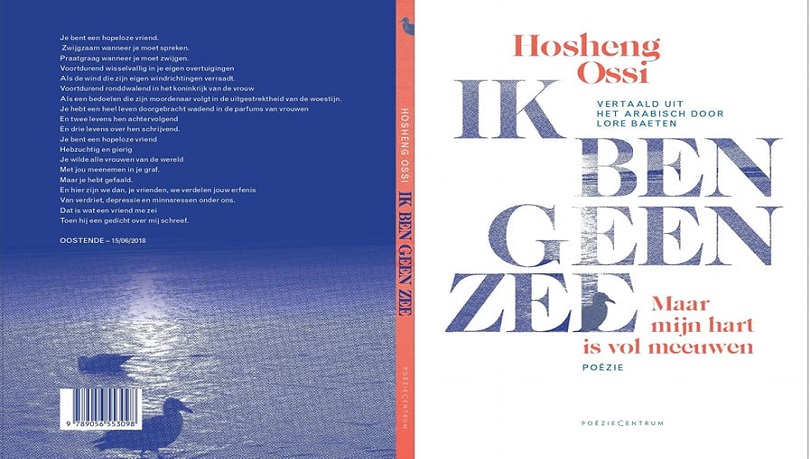
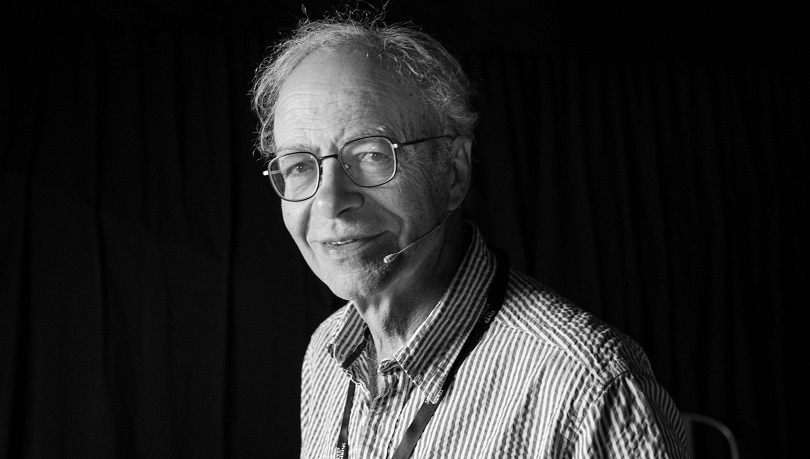
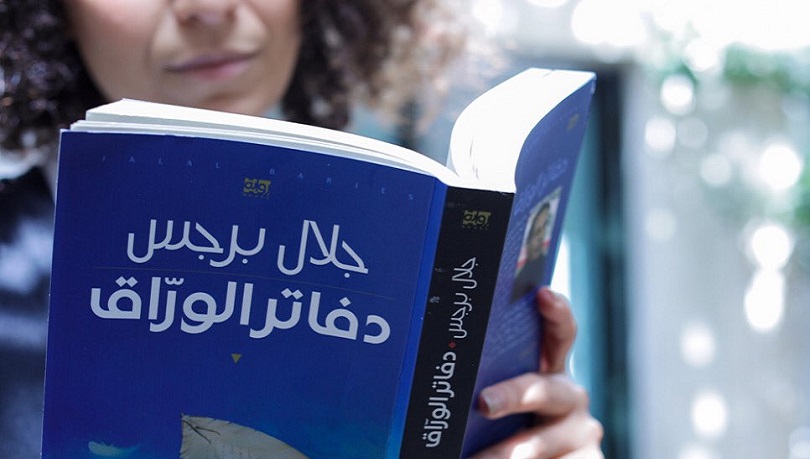

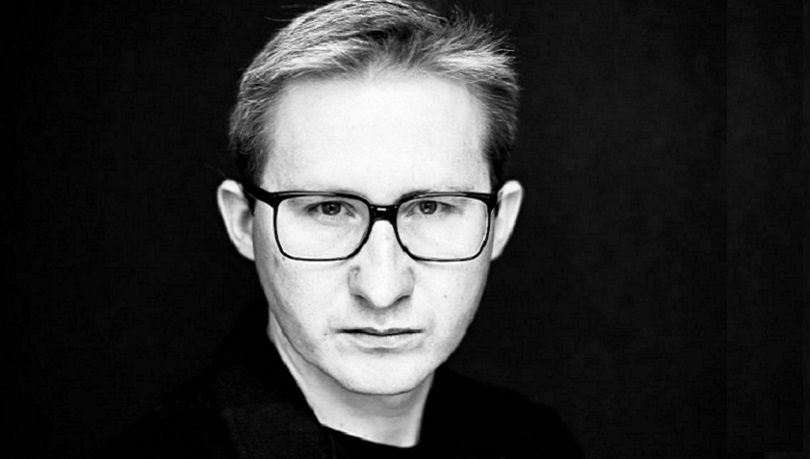
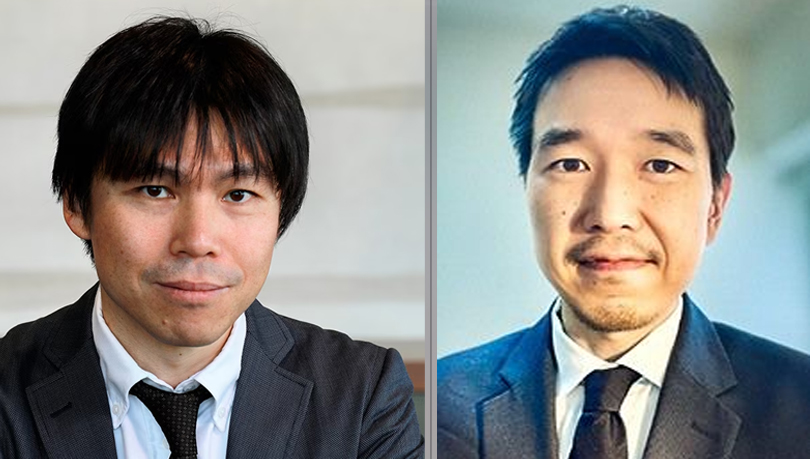
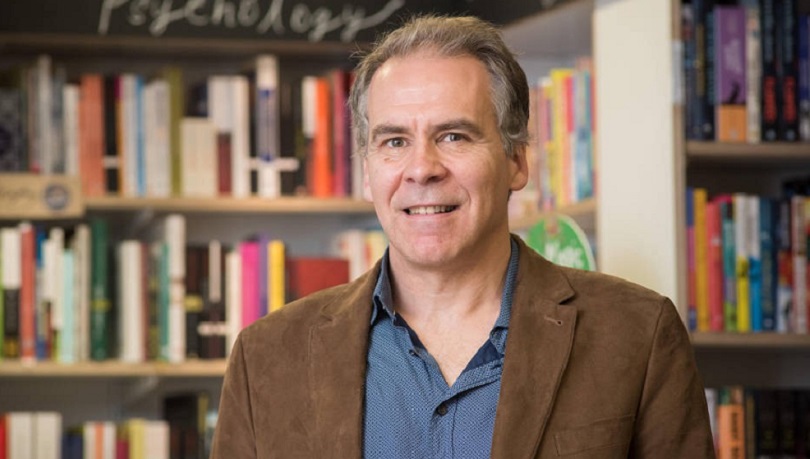


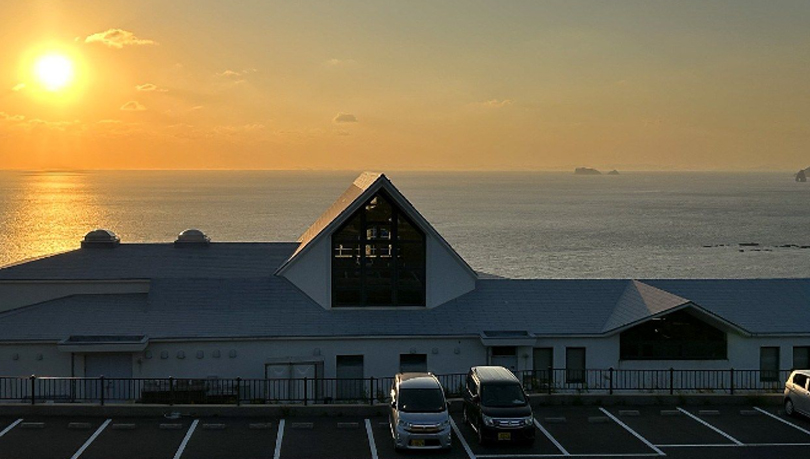
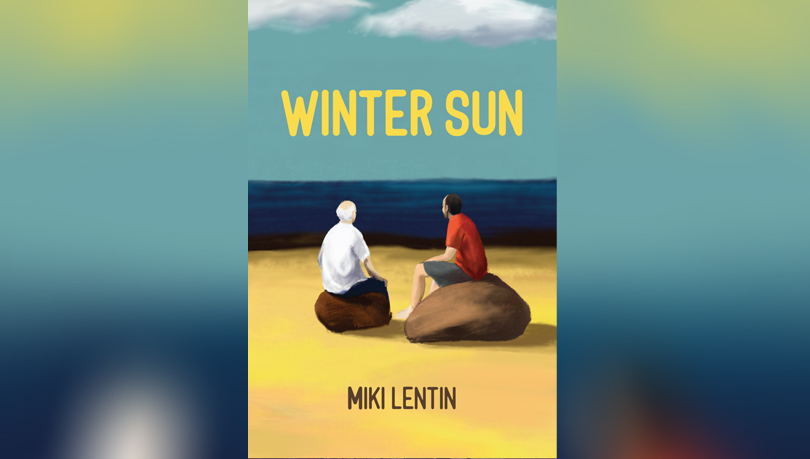
0 Comments